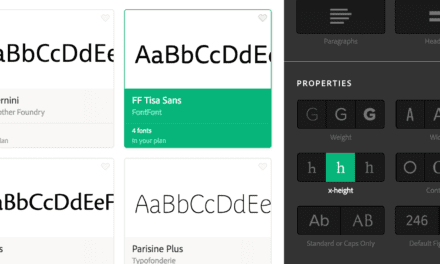ARTICLE SUMMARY: For the most part the general public has little or no concept of what a designers does. It’s also difficult to challenge the years of conditioning that may have taught your project approvers that everything a professional creative does is quick and easy.
We need to educate our clients, educating clients on the value of creative work is crucial for fostering collaboration, setting realistic expectations, and ensuring a shared understanding of the design process.
Catherine Blair Timothy’s article “How to educate clients on the value of creative work” takes a look at the problem of clients who have no real idea of what designers do to solve their problems. To remedy this problem she suggests following her four strategies
- Show your work (also known as “show, don’t tell”)
- Share credit
- Build a common vocabulary
- Make it clear: design adds value
Many clients may not fully understand the complexity or purpose of creative work. Designers should educate their clients to help them understand the thought, strategy, and effort behind their work, helping them see it as an investment rather than an expense. This will help the client see how creative work often contributes to long-term business outcomes like brand recognition, user satisfaction, and sales. Designers can show clients how thoughtful design solutions translate into tangible value.
Another important aspect of this is by educating clients it helps them appreciate the designer’s expertise, reducing the likelihood of micromanagement or prescriptive feedback that may undermine the quality of the work. Teaching them about the role of user experience, research, and iteration helps them appreciate the depth of the work.
She concludes her article by telling us that “All of this takes patience, preparation and follow through. Your efforts will not always bring immediate results, but in the long run, they will likely lead to fewer slapdash (if well-intentioned) efforts that are brought to you as examples of leading creative work.”
This a great article that will in the long run save the designer a lot of time and needless aggravation.
Let us know what you think in the comments.




